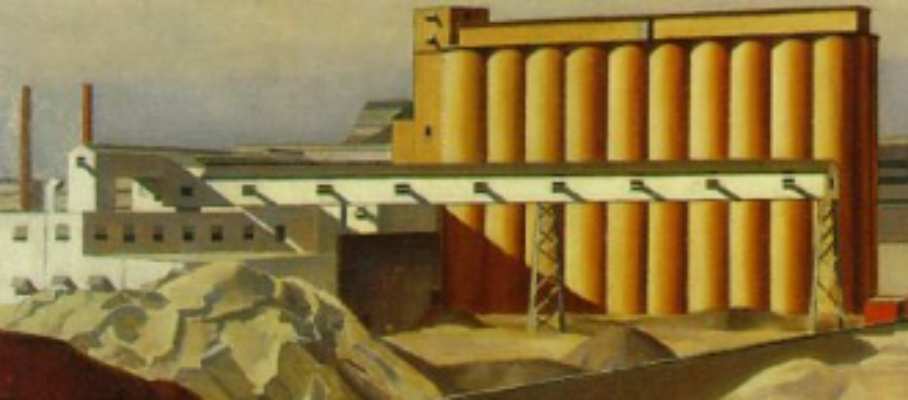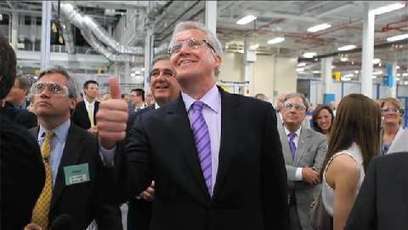Mar 22 2012
Improvement in a silo
In a discussion he recently started in the PEX Network discussion group on LinkedIn, Adi Gaskell asked whether process improvement worked in a silo. Most participants said no, but Steven Borris said yes, and I agree with him. Following is what I added:
I agree with Steven, and will even go further: your first pilot projects when you start Lean implementation have the best chance of success if they are contained within a department. The more departments, silos, or fiefdoms you involve, the more difficult you make it, and the less likely to succeed.
The scope does not have to include a complete process from raw materials to finished goods. It does not even have to be at the end or the beginning of the process. All his has to be is a process segment with a technical potential for improvement that is achievable with available skills, and enthusiastic local management.
There is a simple criterion to establish whether such a local project improves the plant as a whole: does it move its target operations in the direction of takt-driven production. If it does, and only if it does, the order-of-magnitude improvements you get locally translate to nibbling percentages globally. For example, the local WIP drops by 90% and that makes the global WIP drop by 4%.
Only once you have a few successful within-silo projects under your belt do you have the support in the organization and the skills base to take on cross-silo or silo-eliminating projects.




Mar 27 2012
General Electric CEO Jeffrey Immelt: 600 to run new line at Louisville’s Appliance Park
Via Scoop.it – lean manufacturing

The plant is described as a “Toyota-style, lean, manufacturing line.” Current GE CEO Jeffrey Immelt does not once mention his predecessor’s flagship initiative, Six Sigma.
Via www.courier-journal.com
Share this:
Like this:
By Michel Baudin • Management 0 • Tags: Lean, Lean manufacturing, Toyota